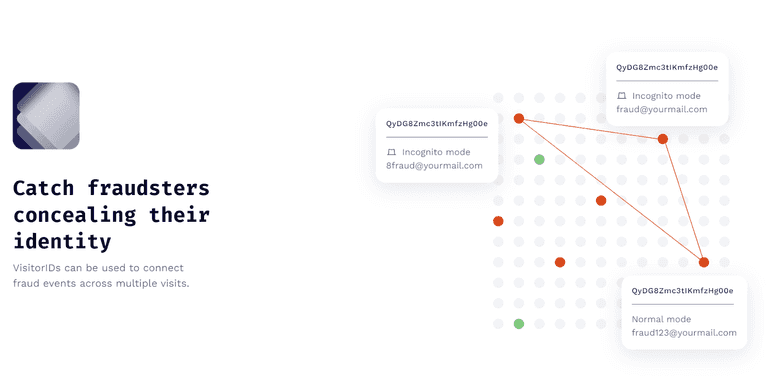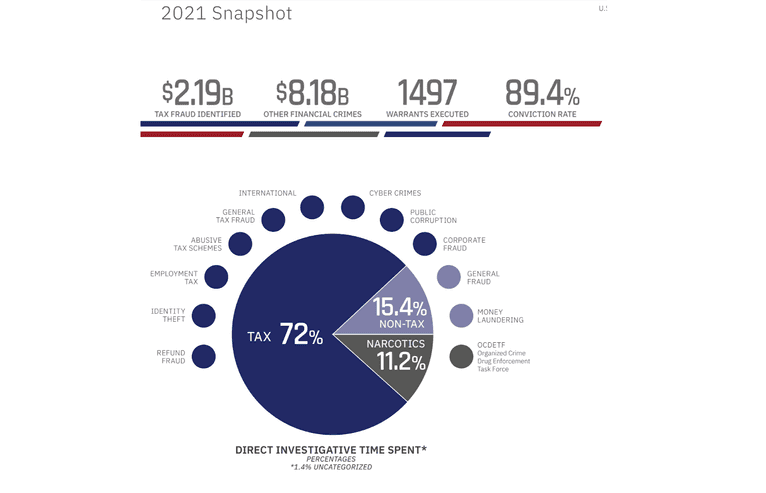
Note: This is a guest post by Josip Miskovic, a full-stack software developer who specializes in ecommerce. Throughout his career, he helped prevent fraud for ecommerce stores with more than 10,000 daily customers.
Every year, businesses lose billions of dollars to refund fraud. This type of fraud occurs when criminals use stolen credit card information to make fraudulent purchases and then request refunds for those items.
Fraudulent refund requests can be a major headache for businesses. Not only do they cost businesses money, but they also take up time and resources that could be better spent elsewhere.
The good news is that there are steps businesses can take to identify and stop refund fraud. In this article, we will discuss some of the most common methods used by criminals to commit refund fraud and outline how you can protect your business against chargebacks.
What is refund fraud?
Refund fraud is a scam where a person attempts to get money refunded from merchants by falsely claiming the product they received was not up to par.
Scammers often provide these reasons for requesting a refund:
- The product was not delivered as described
- The product was defective or damaged
- Received an empty box or product not as advertised
- The order was canceled after payment was made
Refund fraud is also called refund theft, refund scam, or whitehouse scam.
What is the cost of refund fraud?
The cost of return fraud is $24 billion annually, according to Forter. They also state that 1 in 5 refunds are fraudulent.
Professional refunder
Professional refunder is a term used to describe scammers who make a living by scamming merchants out of refund money.
They often operate in groups and will request refunds on many orders -- knowing that only a few will be approved.
Once they find an ecommerce store that's prone to refund fraud, they will keep hitting that store with refund requests until the merchant catches on and stops issuing refunds.
They even create step-by-step documents on how to scam a refund from merchants. The document usually contains tips on how to make refund requests look legitimate and tricks that increase the chance of getting a refund. They often distribute these documents through social media.
Catching professionals
The good thing about scammers working in groups is that it makes them easier to spot.
Patterns make it easier for machine learning algorithms to detect refund requests that are likely fraudulent. So having a device fingerprinting system in place will help you automatically detect malicious actors on your ecommerce website.

Fake tracking ID (FTID)
Fake tracking ID (FTID) is a term used to describe a refund scam where the scammers fakes the status of the return tracking number.
They usually stick the shipping label to an envelope which they ship back as a return. So the tracking number shows it was sent, but they actually keep the item and get a refund.
Wardrobing
Wardrobing is a type of return fraud where customers buy products intending to return them after wearing or using them.
A study revealed that 46% of adults believe that wardrobing should be considered an illegal offense.
Price switching
Price switching is a type of refund fraud where customers tamper with the price tag to get a refund for more money.
Return stolen merchandise
Returning stolen merchandise is a type of refund fraud where scammers return products that are stolen.
This type of refund theft is often harder to detect as the scammers will have all the correct personal information for the person they are pretending to be.
As an ecommerce business, it's important to be aware of this type of fraud and take steps to protect your customers' personal information.
Employee fraud
Employee fraud is a type of refund fraud where employees scam their employer by requesting refunds for products that were never delivered or received.
Employee fraud is saddening not only because it costs businesses money but also because it hurts relationships between employees.
Price arbitrage
There is a trick called price arbitrage. Scammers buy two similar items that have different prices. Then they return the cheaper one for the price of the more expensive one.
This refund fraud is harder to detect, as it might not always be clear which product was returned.
To prevent price arbitrage fraud, it's important to inspect returned items for any discrepancies.
Receipt fraud
Receipt fraud is a type of refund fraud where scammers forge or alter receipts to get a refund.
Scammers steal receipts or receipt tape and then change the amount of the refund to be larger than the original purchase.
They may also remove items from the receipt to make it look like they never received the product.
In ecommerce, receipt fraud is harder to get away with because merchants have access to purchase data and order history. However, scammers can still try to alter the packing split receipts.
Online reputation leverage
Scammers may also try to use online reputation leverage to get a refund. For example, they may post negative reviews of a product to get the refund processed faster.
Merchants get pressured to refund customers to save their reputation and forget to follow their own return guidelines.
To prevent fraud, merchants should monitor social media for any complaints or negative reviews that could be linked to refund fraud.
Open box fraud
Open box fraud is a type of refund fraud where scammers order products, open the box and return it to get a refund. Later, they buy the same product in the "open box" section for a lower price.
Tax refunds
As a business owner, you are not alone in fighting this problem.
People file false tax returns intending to get a refund to which they are not entitled. The scale of refund fraud is so large that tax refund fraud has become a major problem for law enforcement.
In fact, the Internal Revenue Service (IRS) reports $2.3 billion in tax fraud using identity theft and other refund schemes. Fake tax refund schemes have become so common that the IRS has created a special task force to combat them.
Tax professionals
Tax professionals are also being targeted by scammers. In one recent case, a tax preparer was sentenced to over a year in prison after he filed false returns on behalf of his clients and pocketed the refund money.
This form of refund abuse can be very costly to businesses and individuals.
Tax returns are a major target for refund fraudsters because they offer the opportunity to steal large sums of money in a relatively short amount of time.
To combat refund fraud, businesses and individuals should take steps to protect their personal information, file accurate tax returns and be aware of common scams.

Stolen Identity Refund Fraud
Stolen Identity Refund Fraud is a type of refund fraud where scammers use someone else's personal information to request a refund. Identity theft occurs when criminals steal people's personal information in order to fabricate phony tax returns that result in large payouts.
This type of fraud is often harder to detect as the scammers will have all the correct personal information for the person they are pretending to be.
As an ecommerce business, it's important to be aware of this type of fraud and take steps to protect your customers' personal information.
Store credit
One way to mitigate chargeback fraud is to use store credit.
The credit is usually "section limited" meaning that it can only be used for a specific product or category of products. This makes it difficult for scammers to purchase a product with a stolen credit card intending to get cashback.
Issuing in-store credit is a great way to prevent fraud, but can also result in poor customer experience for genuine customers.
Below is Home Depot's return policy as an example.

Protect your loyal customers
Too many restrictions and policies on refunds can also lead to honest customers suffering. It's important that businesses find the right balance between refund theft prevention and customer satisfaction.
Conclusion
There are many types of refund fraud that can occur in ecommerce. It's important for merchants to be aware of these scams and take steps to protect themselves and their customers' personal information. Losing money to refund fraud can be very costly for businesses and individuals, so it's important to take steps to protect yourself from becoming a victim. Follow these tips to help prevent refund fraud in your ecommerce business:
- Use browser fingerprinting to detect refund fraud
- Inspect returned items for any discrepancies
- Use purchase data and order history to detect receipt fraud
- Monitor social media for complaints or negative
- Be aware of open box and tax refund scams
- Protect your personal information
- File accurate tax returns



